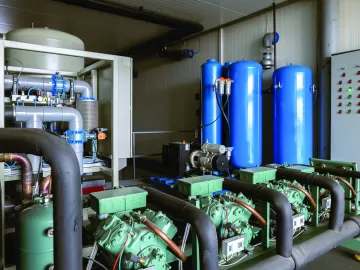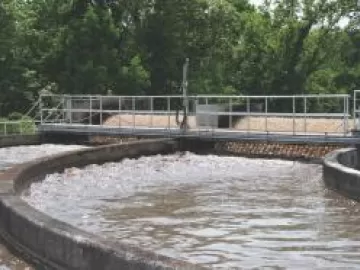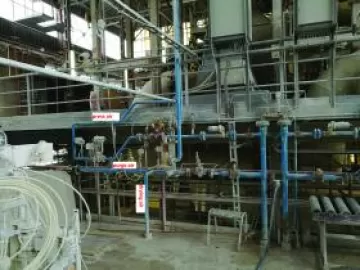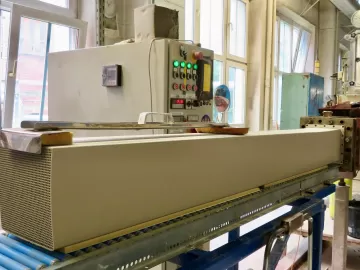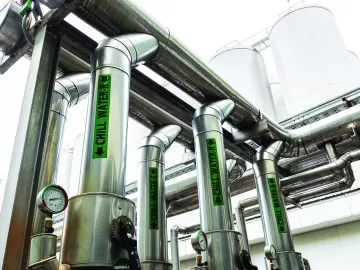Plastic Molder Reduces $3.2 Million Energy Spend with Pneumatic Cylinder Retrofits
A plastics molding plant had engaged us to conduct an ‘on-site’ Energy Assessment of their facility. The annual ‘spend’ for electricity, natural gas, and water was about \$3.2 million for this modern 275,000 square foot, fully air-conditioned facility. During the Review, several opportunities were identified and delineated in lighting, HVAC, process ventilation, the water systems and energy supply contracts. However, the most significant savings were in their compressed air system.



